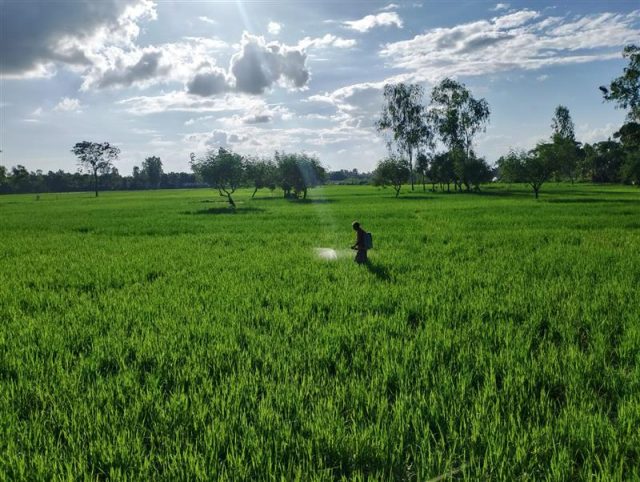Despite improved global market conditions, high food price inflation persists
- From
-
Published on
04.12.23
- Impact Area

Since peaking in April 2022, global agricultural food commodity prices have declined by almost 25% as of October 2023, according to the UN Food and Agriculture Organization’s (FAO) food price index (Figure 1). Contributing to the decrease were strong harvests in large food producing countries, steep declines in shipping costs, and more affordable energy and fertilizer prices (Figure 2). This broad-based easing of food price pressures occurred across markets for cereals, vegetable oils, meat, and dairy products (Figure 3). Sugar and rice were notable exceptions, as their world market prices have risen by double digits in recent months due to production disruptions caused in part by the El Niño phenomenon, as well as new trade restrictions and producer country stockpiling amid concerns over potential shortages.
Related news
-

Cultivating climate-smart rice: How specific cultivars and smarter fertilizing can cut emissions and maintain yield
International Rice Research Institute (IRRI)19.11.25-
Climate adaptation & mitigation
-
Food security
By Bushra Humaira Sadaf A team of researchers from the Bangladesh Rice Research Institute (BRRI), I…
Read more -
-

Australia partners with International Livestock Research Institute to upskill researchers from Africa and Asia
International Livestock Research Institute (ILRI)13.11.25-
Food security
-
Poverty reduction, livelihoods & jobs
Australia has joined forces with the International Livestock Research Institute (ILRI) to support th…
Read more -
-

Next-gen rice lines top check varieties at 7.5 t/ha in ESA
International Rice Research Institute (IRRI)11.11.25-
Food security
MOROGORO, Tanzania (8 October 2025) — Elite rice lines are outperforming the current popular varie…
Read more -
